Description
Are you looking to add a contemporary aesthetic to your garden? Meet Red Valerian, the herbaceous perennial that brings a splash of Mediterranean charm to your green scapes.
The crimson red fragrant blooms and lush verdant foliage create a striking balance, which makes it a perfect fusion of wild elegance. Whether trailing over stone walls or gracing garden beds and borders, this crimson bloomer can add a pop and texture to any place it is planted.
Radiating love, serenity, and tranquility, it prospers in tough conditions, making it a go-to choice for your garden. Take a tour of this guide to explore everything you need to know about this majestic wildflower.
Botanical Identity of the Centranthus Ruber Red Valerian
Commonly known as Splur Valerian, Jupiter’s Beard, German Lilac, Fox’s Brush, Pretty Betsy, the Centranthus plant is native to Mediterranean regions, Southern Europe, Northern Africa, and Turkey.
To appreciate the ineffable charm of the plant, here is a botanical overview of the specimen.
| Taxonomic Overview of the Red Valerian | |
| Botanical Name | Centranthus ruber |
| Kingdom | Plantae |
| Clade | Tracheophytes |
| Clade | Angiosperms |
| Order | Dipsacales |
| Family | Caprifoliaceae |
| Genus | Valeriana |
| Species | V. rubra |
| Plant Type | Herbaceous Perennial |
Do not confuse Red Valerian with true Valerian, as the former is an ornamental plant and the latter is widely used for medicinal properties.
Captivating Features and Attributes of Red Valerian
Centranthus is a prominent, versatile ornamental plant that enhances any garden with its glorious blooms, adaptability, and pollinator-friendly attributes.
Take a look at some notable features and advantages of the Centranthus plant.
- It features rounded spikes of star-shaped flowers in the shades of red, pink, and white that perfectly contrast with its bluish green leaves.
- The blooms tend to display year-long visual interest without much care.
- Maintain ecological balance by serving as a source of food and habitat to many pollinators.
- Red valerians usually feature an airy growth habit with busy clumps.
- Considered a low-maintenance, drought-tolerant plant, it can survive in dry climates, making it ideal for xeriscaping.
- The robust root system of the plant anchors the soil, preventing the risk of soil erosion.
With so many perks, I am sure, you must have fallen in love with this garden charmer.
What Makes the Red Valerian Plant a Landscape Essential?
Besides its noteworthy appearance, it has some impeccable landscaping benefits. Let us have a look at a few design ideas with these crimson beauties.
- Enriches Your Cottage Garden with Vibrant Tones: Stunning crimson, pink, red, and white tones of the Red Valerian flower complement the minimalistic garden layouts.
- Coastal Charm: High adaptability to drought regions and poor soil conditions makes it a perfect fit for coastal gardens.
- Beds and Borders: Long-lasting blooms and bushy appeal make it ideal for embracing beds and borders.
- Rock Gardens and Ground Covering: The trailing and self-spreading nature of the plant is best for ground covering uses and beautifying rock gardens and terraces.
Undoubtedly, these botanical marvels are a strategic addition for your modern and minimalistic outdoor spaces.
How to Grow and Care for Red Valerian Centranthus
Since these perennials are known for hassle-free cultivation, it’s ideal to learn about the growing and caring needs of the plant before you make a purchase.
| Optimal Growing Conditions Needed by Red Valerian Plant | |
| Hardiness | 5-8 USDA |
| Sunlight | It tolerates full Sun to partial shade |
| Watering | Frequent watering during the establishment phase is needed, and can shift to occasional watering once they are mature. |
| Soil Type | Well-draining sandy or rocky soils are preferred with a slightly alkaline to neutral pH value of 6-8. |
| Fertilizer | Not much fertilization is required, as it flourishes in infertile soil |
| Pruning | Removing deadheads and spent blooms helps control the unwanted spread and promotes new blooms. |
| Growth Rate | Moderate |
| Bloom Time | Early summer through early autumn |
| Mature Size | 2-3 feet tall and 1-2 feet wide |
| Spacing | 18-24 inches apart |
You can easily propagate new plants using Red Valerian seeds or by dividing the roots in spring or fall.
Moreover, these wild beauties are generally free from serious pests and fungal infestations. Any mild infestations can be overcome using insecticides and fungicides.
User Reviews & Ratings
Review: I love this Red Valerian plant, it keeps bringing butterflies back to back in my garden.
Ratings: ⭐⭐⭐⭐⭐
Review: This plant forgives my occasional neglect. It blossoms abundantly even when I forget to water it sometimes.
Ratings: ⭐⭐⭐⭐⭐
Review: My garden fills with vibrant colors as these plants bloom repeatedly every spring without fail.
Ratings: ⭐⭐⭐⭐⭐
Review: Lately, I mixed red and white varieties to create a cottage-style garden. I can’t believe the dreamy vibe they have created.
Ratings: ⭐⭐⭐⭐⭐
Is Red Valerian edible?
Yes, the roots and leaves of the Centranthus plant are edible, in both fresh and cooked forms.
Is the Centanthus ruber poisonous?
Yes, Centranthus ruber is considered non-toxic for humans and pets.
Where is the best place to plant Red Valerian?
It thrives under a spot with full light to partial shade in well-draining sandy or rocky soils.
Can the Red Valerian plant grow indoors?
These are primarily outdoor plants, although you can grow them in container pots. It requires supervision of watering and light if planted indoors.
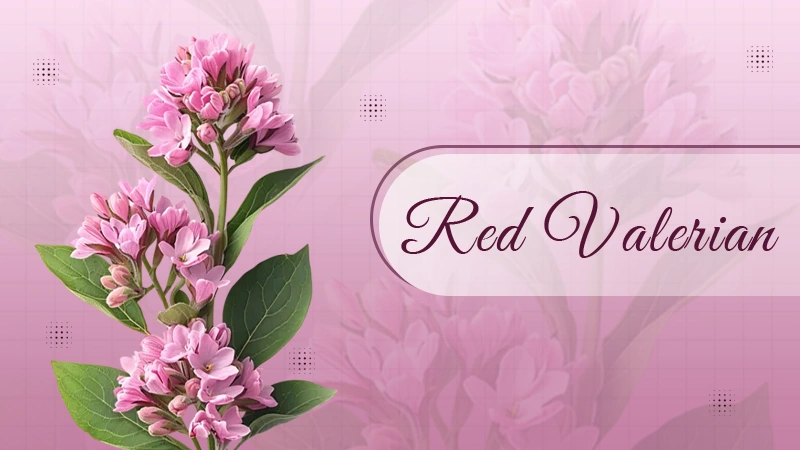
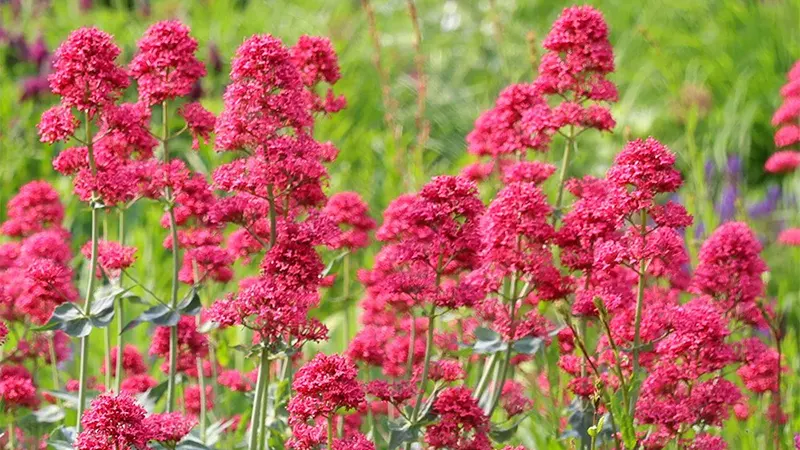
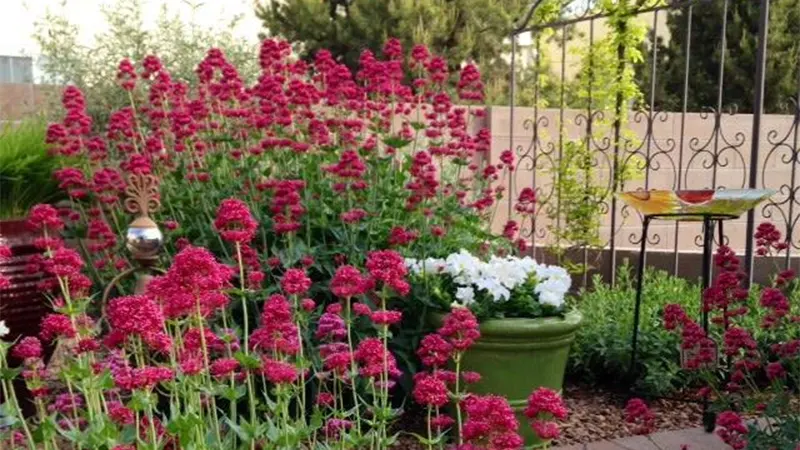
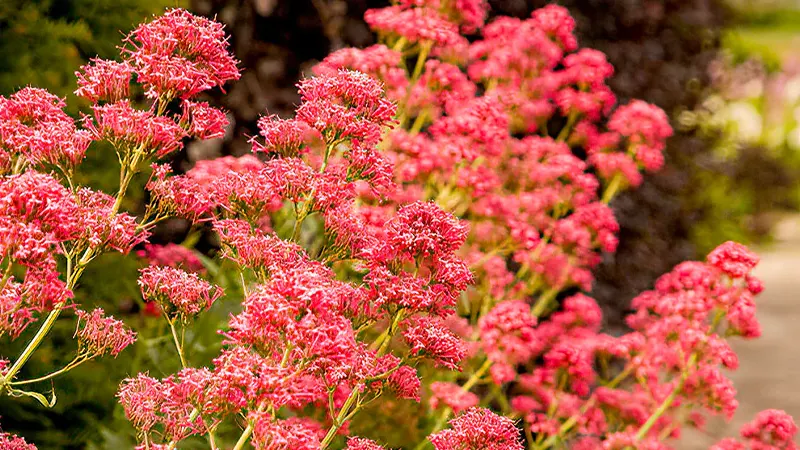
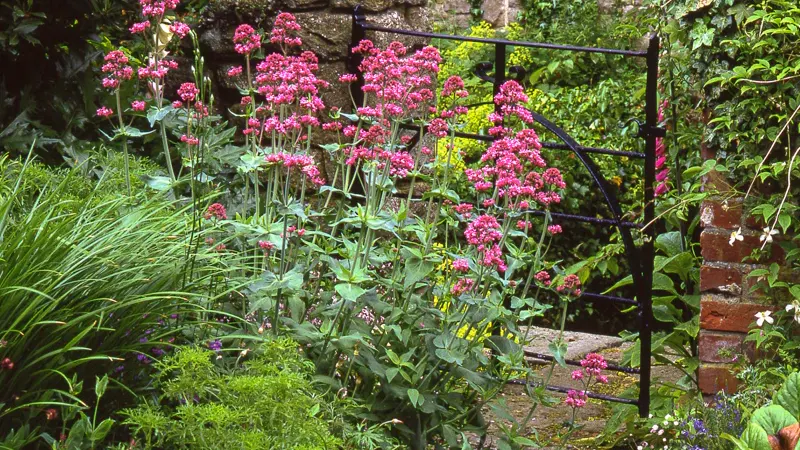
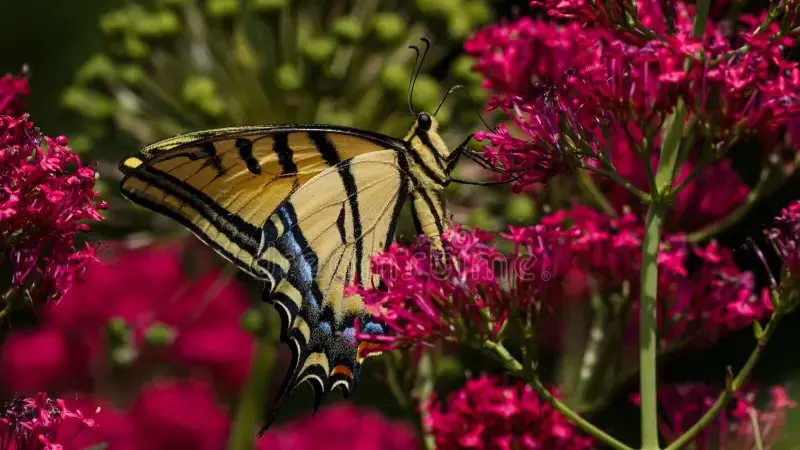
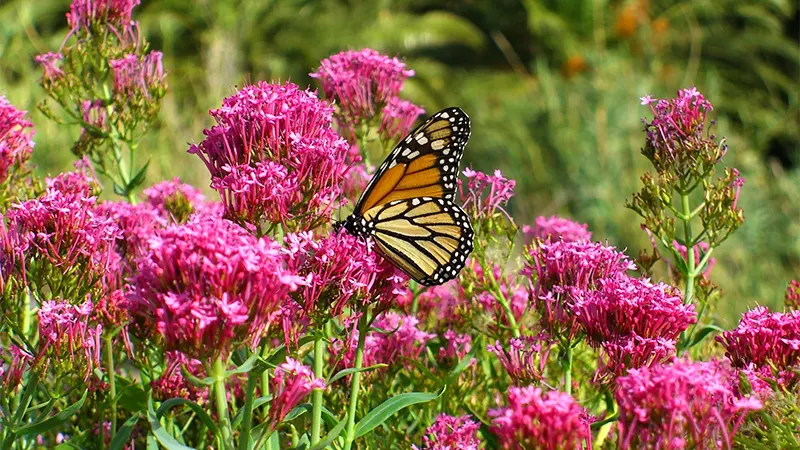

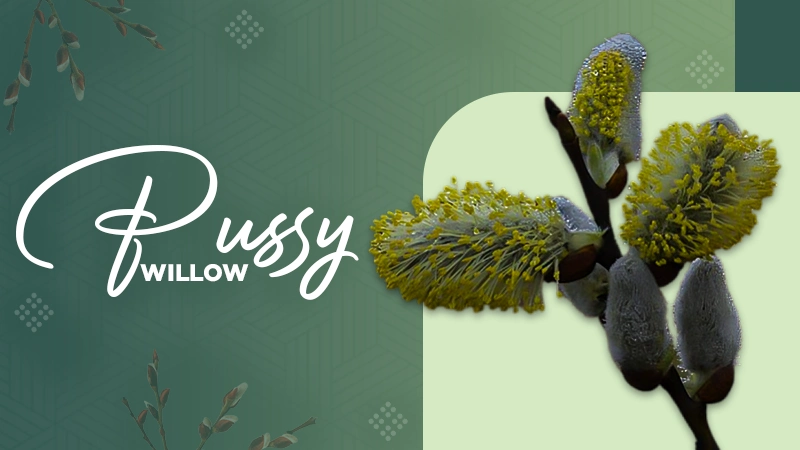

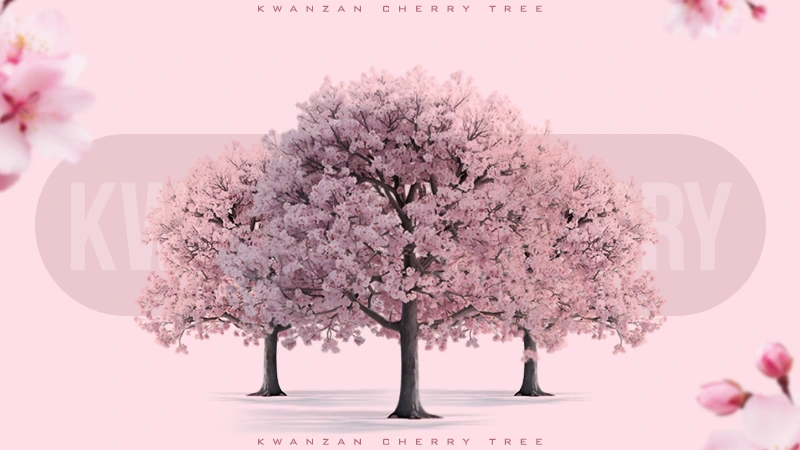
Reviews
There are no reviews yet.